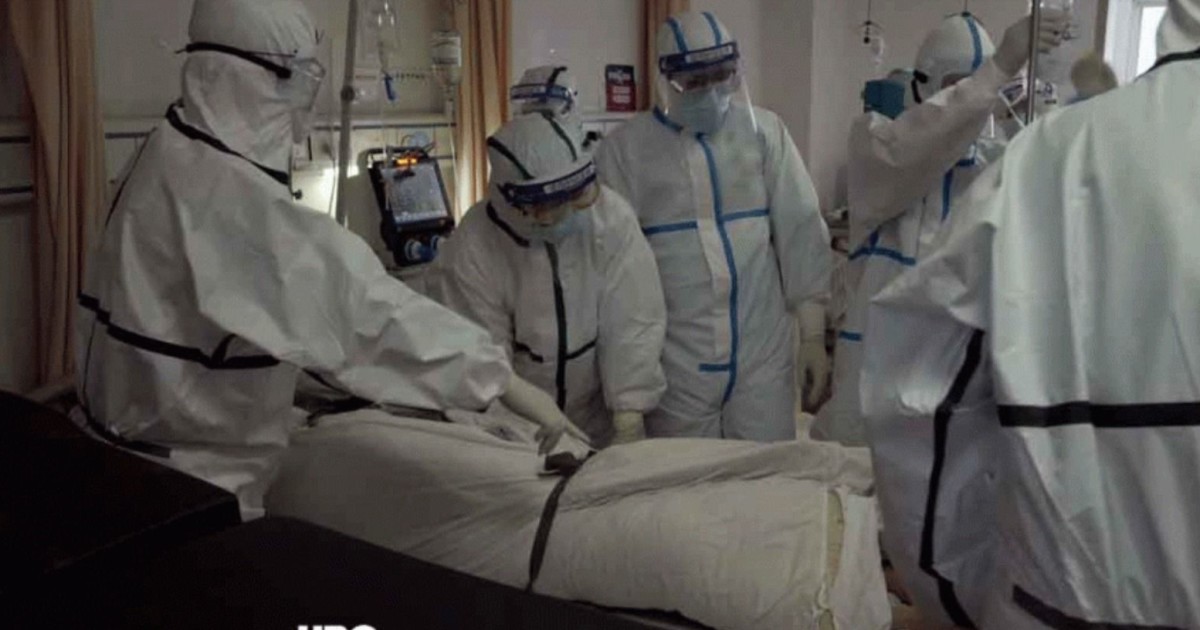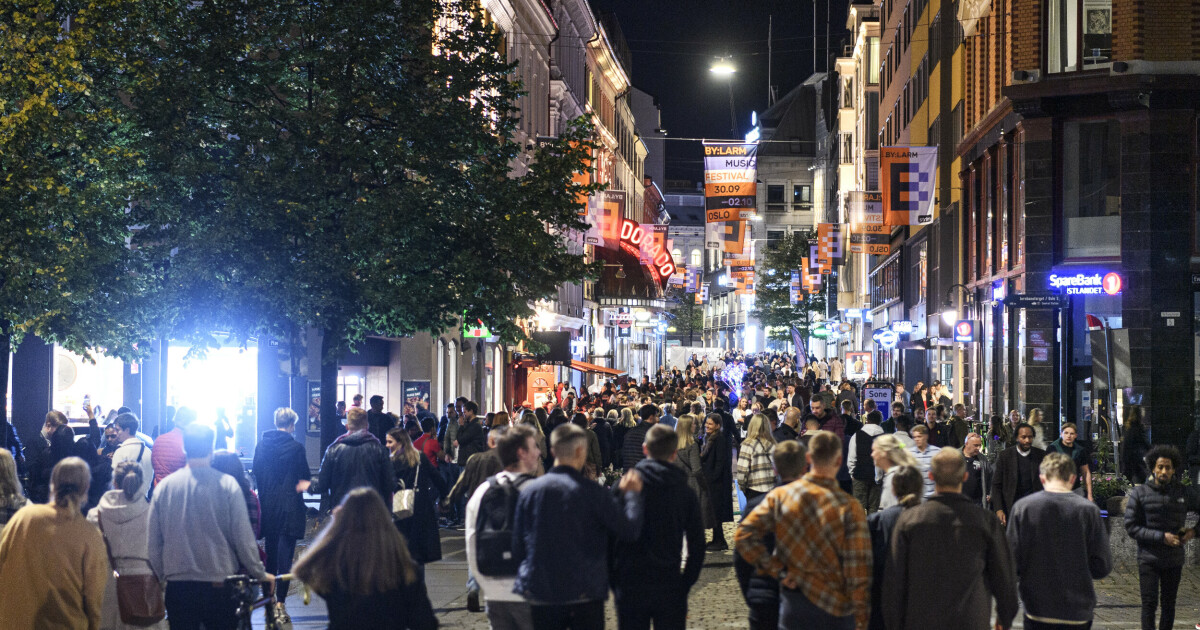“A quiet, starry, cold February evening. Two boats are heading north towards Hustadvika. The fast northbound 'Irma' has passed the Hesteskjæret lighthouse, and caught up with the slower freighter 'Henry'. It will be a short and unhappy meeting, one that will become their shared tragic fate.
Norway is at war, and this evening two Norwegian torpedo boats are hiding in Averwe. They have been ordered to attack an expected enemy convoy. They see the two ships coming, and a tragic torpedo strikes Irma and Henry.
This is how the event is described on the information board at the memorial website. “Irma”, built in 1905, sank on February 13, 1944. 61 passengers along the Norwegian coast perished along with the four sailors on board the freighter “Henry” on the darkest evening of February.
The precisely milled and raised blocks immediately show us the importance of stone as a bearer of culture and a transmitter of history. At the same time, 3D blocks give us a classic example of how the expression of rock structure depends on the observed section.
picture: Anne K. Engvik
Quiet room
It's easy to get immersed in history when you look at Hustadvika. Farther towards the sea in order to see the tragic crime scene. The “Stille rom” memorial site was specially built to accommodate grief, bereavement, reflection and reconciliation.
In the middle of a region where storms can whip the sea into a foaming riot, the space for reflection is very powerful on calm days. Two large boulders were carefully cut from the rock. In memory of the two ships and everyone on them.
Anne K. Engvik
picture: private
Echoing between the stone walls
The silence gives an additional echo in the space between the stone walls and in the rock pit formed during excavation.
The memorial also demonstrates how stone has benefited us as a society in many ways. The stories told through stone are important as carriers of culture and history.
The use of the “quiet room” for the “unmoving” stone gives belonging. In the middle of a large geological region where eternity shaped the rock, the rocks rise during the day and lock into place. In the 3D cut made by the sculptor, the often overlooked gneiss is beautifully shown with its connections in the walls.
The stone in the middle
The rocks concern our intimate history here in the middle of the sea divide. But they, along with the minerals and structures in the rock, also carry a natural history extending back more than a billion years.
For us geologists, the artwork is at the same time a classic example of 3D geology. The sides of the rocks show how the expression of the rock structure depends on the observed section.
By knowing the surrounding geology, we know that the history of the River Gneiss goes back 1,650 million years. The floating structure that we see today was formed in connection with the formation of the Caledonian Mountain Range deep in the Earth's crust about 400 million years ago.
Here in the Hustadvika sea gap, near the Histsjær lighthouse, was the scene of the tragic night of February 13, 1944.
picture: Anne K. Engvik
in the memory
The monument was created by sculptor Geir Stormoen. In memory of those who died after the war in the sinkings of the highway ship “Irma” and the freighter “Henry”. The memorial is located next to the fishing village of Røeggen at the far end of Averøy. It was officially unveiled by His Majesty King Harald V on 16 September 2002: “The fate of Irma and Henry is a particularly painful and painful memory because it was the Norwegians who took the lives of the Norwegians.”
The memorial is a peaceful place for everyone who visits the place. On short evening trips or as long-distance tourists. As a cultural bearer and conductor of the history of our time. A place used by schoolchildren and students. In the midst of what gives us the natural history of immortality.
Anne K. Ingvik, a researcher at the Geological Survey of Norway
Do you want to write about the topic? Send an email to ordetfritt@rb.no
Want to write a reader post? Send an email to ordetfritt@rb.no
Here you will find opinion materials on the Nordvest debate – Rbnett's opinion portal

“Explorer. Unapologetic entrepreneur. Alcohol fanatic. Certified writer. Wannabe tv evangelist. Twitter fanatic. Student. Web scholar. Travel buff.”



